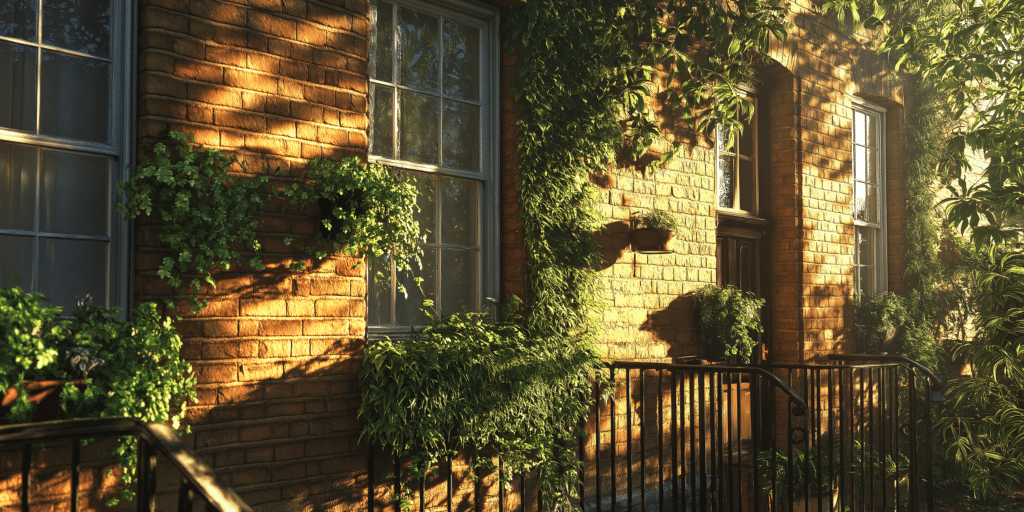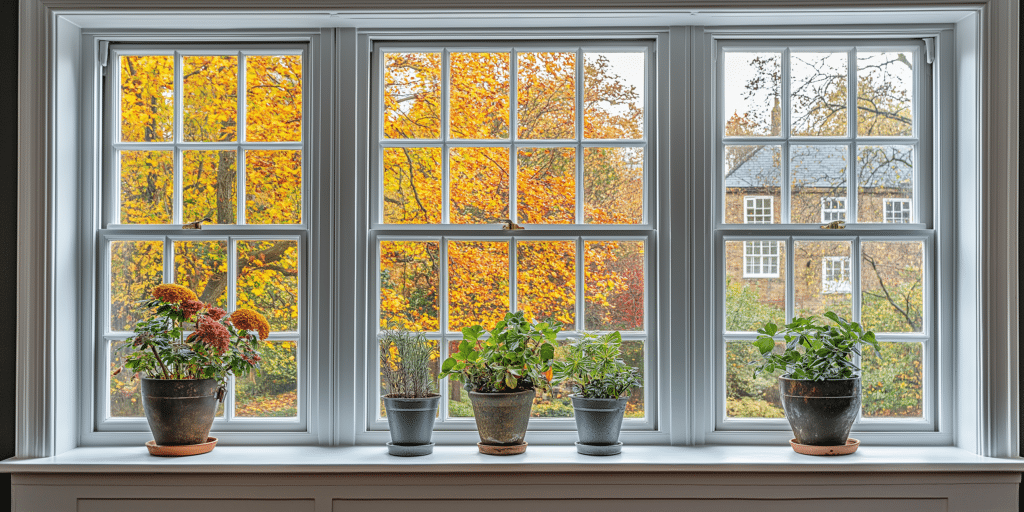Introduction: Why Seal Your Sash Window Corner Joints?

Sash window corner joints are essential in maintaining traditional sash windows’ durability, efficiency, and aesthetic appeal. Sealing these joints is vital for ensuring optimal insulation, structural soundness, and resistance to the elements. But why exactly is corner joint sealing so critical?
Benefits of Corner Joint Sealing
Proper sealing creates a barrier against cold draughts, water ingress, and dust, which can damage sash windows over time. Additionally, sealing these joints prevents wood rot—a common issue in wooden sash frames—from protecting the joinery and extending the lifespan of your windows. Sealed sash windows offer improved insulation, reducing heat loss and ultimately helping to lower energy bills. Corner joint sealing with eco-friendly sealants preserves timber and enhances longevity, reducing the need for frequent repairs.
Preventing Common Issues
Without adequate sealing, corner joints can suffer from structural weakening, leading to draughts, damp patches, and even warping of the wooden frames. Unsealed joints are prone to moisture infiltration, which can cause mould, mildew, and rot. For heritage properties, these issues compromise not only the comfort and safety of your home but also diminish its historical and market value.
Proper corner joint sealing is especially beneficial for maintaining the integrity and appeal of period homes with Victorian or Georgian sash windows. Adding thermal insulation at corner joints in sash windows often brings an older building’s energy efficiency up to modern standards, making a tangible difference in indoor temperature consistency.
Understanding the Role of Corner Joints in Sash Windows
The corner joints in sash windows are essential to the stability and movement of the sash frames. They secure the sash structure within the overall window frame. Each joint provides a connection point for the sashes, ensuring the window operates smoothly while maintaining stability.
Impact of Weather Exposure on Corner Joints
The British climate—with its regular bouts of rain, frosty winters, and variable humidity—can affect the durability of sash window corner joints. Wooden sash frames are particularly vulnerable as they expand and contract with temperature changes. This natural movement can cause gaps in the corner joints, eventually leading to air leaks, moisture penetration, and compromised insulation. According to Dr. Steven Holmes, an architectural conservation consultant, “With corner joint sealing, the trick is to ensure a seamless bond while preserving the wood’s natural expansion properties, especially on historic frames”.
Preserving Heritage and Historical Authenticity
For owners of period properties, especially listed buildings, it’s essential to use sealing techniques that preserve historical accuracy. Authentic Victorian or Georgian sash windows often feature traditional joinery that should be maintained for both aesthetic and heritage value. High-quality, historically appropriate sealants are essential in preserving the look and functionality of these unique architectural elements while adhering to conservation guidelines. Ensuring corner joints are sealed with invisible adhesives retains the sash window’s character while protecting against weather damage.
How to Choose the Right Sealant for Sash Window Corner Joints

Selecting the appropriate sealant for sash window corner joints is vital to achieving a durable and weather-resistant seal. The sealant should adhere well to the frame material, whether timber, aluminium, or uPVC, to provide a lasting seal against moisture and draughts.
Types of Sealants
Common sealants for sash windows include silicone, polyurethane, and acrylic latex. Silicone sealants are highly flexible and resistant to UV rays and moisture, making them ideal for timber or aluminium sash windows and outdoor applications. Polyurethane sealants offer exceptional durability and are suitable for high-exposure areas, while acrylic latex sealants are more suited to indoor use due to their easy application and low odour.
Eco-Friendly Sealant Options
Many homeowners now opt for low-VOC or biodegradable sealants that are environmentally friendly and safer for indoor air quality. These eco-conscious sealants adhere to rigorous environmental standards and offer a sustainable solution for sash window maintenance in heritage properties or conservation areas. Post-sealing, clients have reported significantly reduced draughts and noticeable cost savings on heating.
Matching Sealant to Frame Type
For optimal results, choose a sealant based on your sash frame material. Wooden frames benefit from polyurethane sealants, which provide a strong, flexible bond, while uPVC frames are best paired with silicone, as they prevent peeling and degradation. Compatibility between the sealant and frame material ensures an effective, long-lasting joint seal.
DIY vs. Professional Sash Window Corner Joint Sealing
Deciding whether to seal sash window joints yourself or hire a professional depends on the job’s complexity, skill level, and budget.
Evaluating DIY Suitability
For those with some DIY experience, sealing sash window corner joints can be straightforward. However, sealing historical sash windows may require expert handling to preserve authenticity and ensure compliance with heritage regulations. In humid climates, corner joint sealing helps prevent the wood from swelling, which in turn helps the sash windows retain their shape and function over time.
Benefits of Hiring a Professional
Professionals have specialised tools and expertise that can result in a longer-lasting, aesthetically pleasing finish. For historical or intricate sash windows, professionals understand the nuances of maintaining architectural details while providing effective sealing. Accurately sealing corner joints can help minimise external noise, making older sash windows as quiet as modern glazing options.
Conclusion: Final Thoughts on Sash Window Corner Joint Sealing

Regular and careful sealing of sash window corner joints is an investment that pays dividends by improving energy efficiency, enhancing aesthetics, and preserving the integrity of your property’s historical elements. Simple sealing can prevent more extensive, costlier repairs in the future, especially in areas prone to harsh weather, as it keeps moisture out of the joints. By following best practices for preparation, selecting appropriate sealants, and maintaining the sealed joints, homeowners can protect and enjoy the beauty of their sash windows for years to come.




